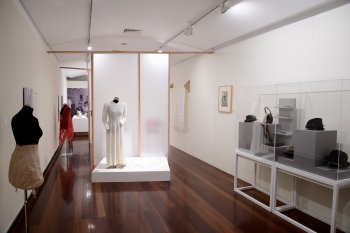Explore the best places
Heritage in Portugal
Fortaleza do Cabo de São Vicente
- heritage
EN268
8650-370, Sagres
The original build dates back to the 16th century but the building suffered changes in the 17th and 18th centuries. The main door bears the arms of Dom Joao II. Located inside the fort are the Convento dos Frades Jerónimos, founded in the 16th century, and a chapel built on the very spot where, so the legend goes, lie the human remains of St Vincent.
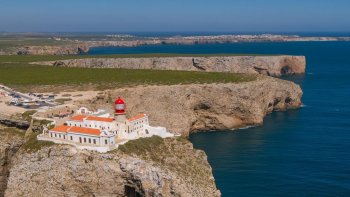
Fortaleza do Beliche
- heritage
EN268
8650-355, Vila do Bispo
The original building was almost totally destroyed by the corsair Sir Frances Drake. Rebuilt in the 17th century it was once again damaged during the 1755 earthquake. This fortress was built using ruins of several stretches of 17th century defensive walls. Inside there are some restored military buildings that maintain their original architectonic traces. The chapel of Santa Catarina (St Catherine), commissioned by Infante D. Henrique, is also located inside the fortress.
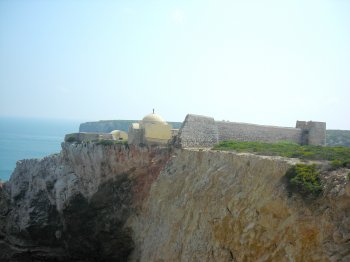
Roteiro Megalítico de Vila do Bispo
- heritage
Vila do Bispo
8650, Vila do Bispo
Trail that allows the visitor to get to know the sites that make up the megalithic centre of Vila do Bispo. The megalithic phenomenon extends roughly between the Neolithic period and the Chalcolithic period (i.e. 5500 – 3500 B.C.)
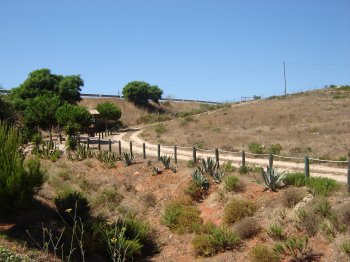
Ponte Romana de Granja do Tedo
- heritage
Largo da Ponte
5120-181, Granja do Tedo
Bridge that features Roman civil architecture. It has a centralized arch, without carvings, with a tray.
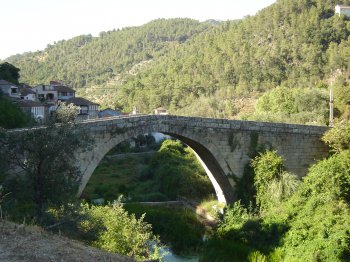
Capela Românica de Sabroso / Capela de Santa Maria de Sabroso
- heritage
EM514
5120, Barcos
Chapel of Romanesque and 17th century architecture. It has a structure with a single nave and a narrow chancel. It is located in a place where there are traces of human occupation, presumably from the Castro period. Next to the walls there are tombstones.
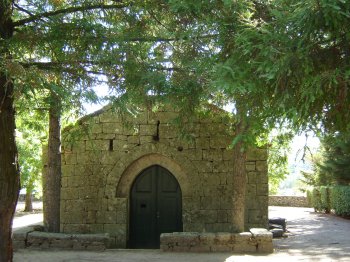
Museu do Imaginário Duriense
- heritage
Rua Macedo Pinto, 57
5120-418, Tabuaço
This is the first museum nucleus linked to the Douro Museum, intending to collect and disseminate all manifestations of the Douro's traditional imagery, be it intangible heritage (legends, traditions, songbook...), as well as in terms of utopia and the imagination of new generations.
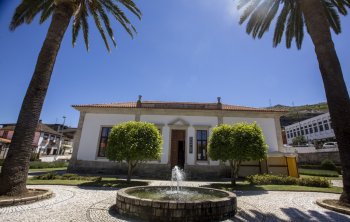
Cabeço das Pombas
- heritage
EM514, 87
5120-284, Pinheiros
Located on a granite outcrop, in the parish of Pinheiros, the rock engravings of Cabeço das Pombas constitute an artistic-religious manifestation of great importance, with supposed origins in the Bronze Age, although their exact symbolism is unknown. It is believed that they were associated with a ceremonial cult. The figures inscribed on the rock are grouped into sets, engraved at different times, the oldest being the central one.
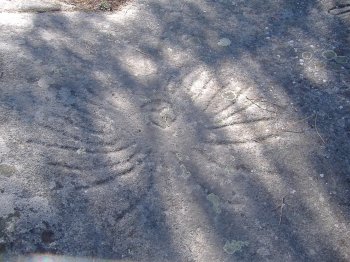
Igreja de São Pedro das Águias
- heritage
EN1116
5120-202, Granjinha
Romanesque temple built in the 12th century. On the front it has an ornate arch, supported by double columns and capitals. The decoration of the capitals deserves to be highlighted. The main facade is a short distance from the rock mass and was placed in the direction of the slope. Animal designs on the axial portal that signify the guard of the entrance to the temples and their sacred interior.
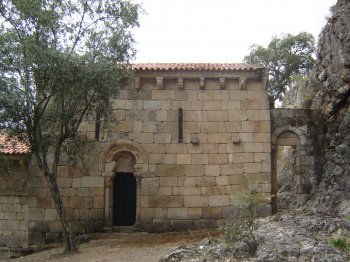
Museu Francisco de Lacerda
- heritage
Rua das Alcaçarias
9850-011, Calheta
This space features the culture of the island since 1911, with regional ceramics, agricultural utensils, baskets, ethnographic objecrs related to the cult of the Holy Spirit and linen works.
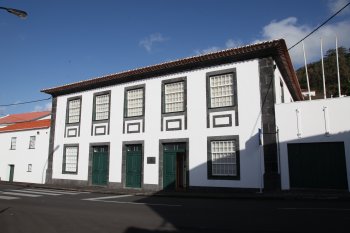
Museu Carlos Machado
- heritage
Rua do Dr.Guilherme Poças, 65
9500-100, Ponta Delgada
Founded in 1876, it is located in the old convent of Santo André and features a section of Natural History, started during the 19th century, that includes samples of the Azores flora and fauna. It also has paintings, scultures, religious art, tiles and more, as well as a section of regional etnography and a toy collection.
